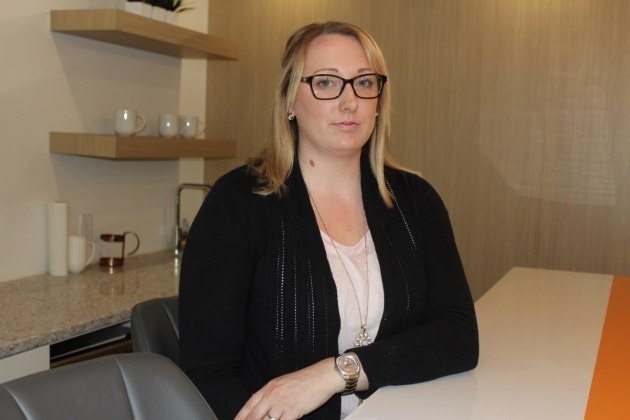ARTICLES, DRUG ABUSE & EFFECTS OF ALCOHOL. REHABILITATION
Lobbying for change: A grass roots organization takes on Canada’s opioid crisis


Our country is in the middle of a full blown opioid crisis. It’s evident as you scroll through your timeline filled with overdose horror stories, pictures of lost loved ones, and cries for change. You’d think people would have learned to just stay away from this lethal drug by now, but it’s not that simple.
Amy Graves became a part of this growing epidemic in 2011, when she lost her younger brother, Josh, to an accidental opioid overdose. Since then, she’s made it her mission to create awareness and advocate for change around the use of prescription drugs.
Graves says she never set out to create the, now nation-wide non-profit group, Get Prescription Drugs Off the Street – it all started as a simple Facebook page for people to lend support or share information with each other.
“We lobby in the areas of enforcement, education, health care, pharmacy. All of these stakeholders have a part to play,” explained Graves.
The issue is hard to ignore when the nation’s death toll continues to rise rapidly before our eyes. Data from Alberta Health shows that in 2016, 349 people died from an apparent drug overdose death related to fentanyl – and most provinces are on pace to surpass those numbers in 2017.
It’s because of staggering numbers like these that Graves is more dedicated than ever to educating and informing the country of the serious consequences of prescription drugs.
However, GPDOTS is fighting an uphill battle because of the stigma surrounding prescription drugs and those who use them. Graves says she sees a certain kind of shame associated with the epidemic that makes it hard for people to acknowledge when really, the only way to fix the problem is by shining a spotlight on it.
Instead of turning a blind eye to the issue, she wants to see our society address the needs of those people currently using prescription drugs. Graves believes the first steps to ending the crisis are through harm reduction, treatment and the decision not to criminalize their drug use.
“Those people need to be kept alive,” she stressed.
Prevention, according to Graves, is the other side of the solution. She says the exposure to opioids in Canada is unnecessarily high, but it could be fixed by simple education around drug use and its consequences.
The group is also pushing for stricter regulations on pharmaceutical corporations – which she says is at the root of the problem.
“We kind of got into this mess because of the aggressive marketing of OxyContin,” explained Graves. “Doctors thought they were being educated when really, they were being marketed to.”
It’s this excessive over-prescription in Canada that’s adding to our growing death toll.
“A lot of the people dying of fentanyl-related deaths have filled prescriptions 30 days to a year prior to their death,” said Graves. “Many people are exposed to prescription opioids with the thought that they’re safe or less risky than street drugs.”
Canada is also beginning to see a rise in opioid treatment medications being prescribed, such as Naloxone kits and Suboxone – which are also mass produced by the pharmaceutical companies.
“These are drugs that we need – they’re useful – but we need to be careful to separate doctor education, policy surrounding these drugs and the manufacturers,” said Graves.
While the opioid crisis rages on and becomes more and more complicated, there’s one thing that remains constant – the advocacy work carried out by Graves and the members of GPDOTS. They’re urging the government to implement stricter controls around prescribing opioids, supervised consumption sites and increased accessibility to opioid substitution therapy.
Graves is hopeful this awareness will kick-start important discussions and create an open dialogue around the issue. She says judgement is the first thing that needs to be removed from this mess because at the end of the day anyone is susceptible to addiction.
“It doesn’t matter who you are or what demographic you belong to – if you take an opioid every day, you will become physically dependent on them.”
Written by Meaghan Willis







